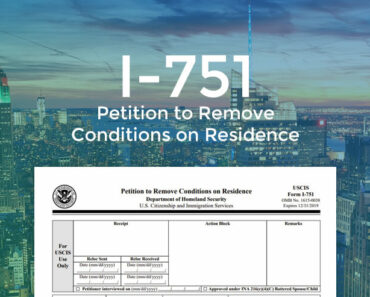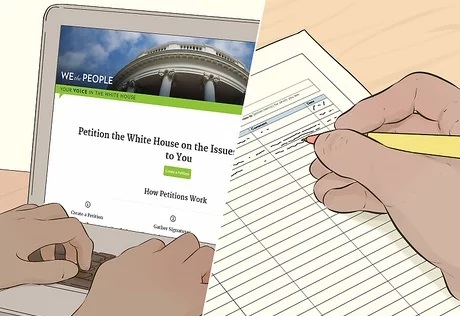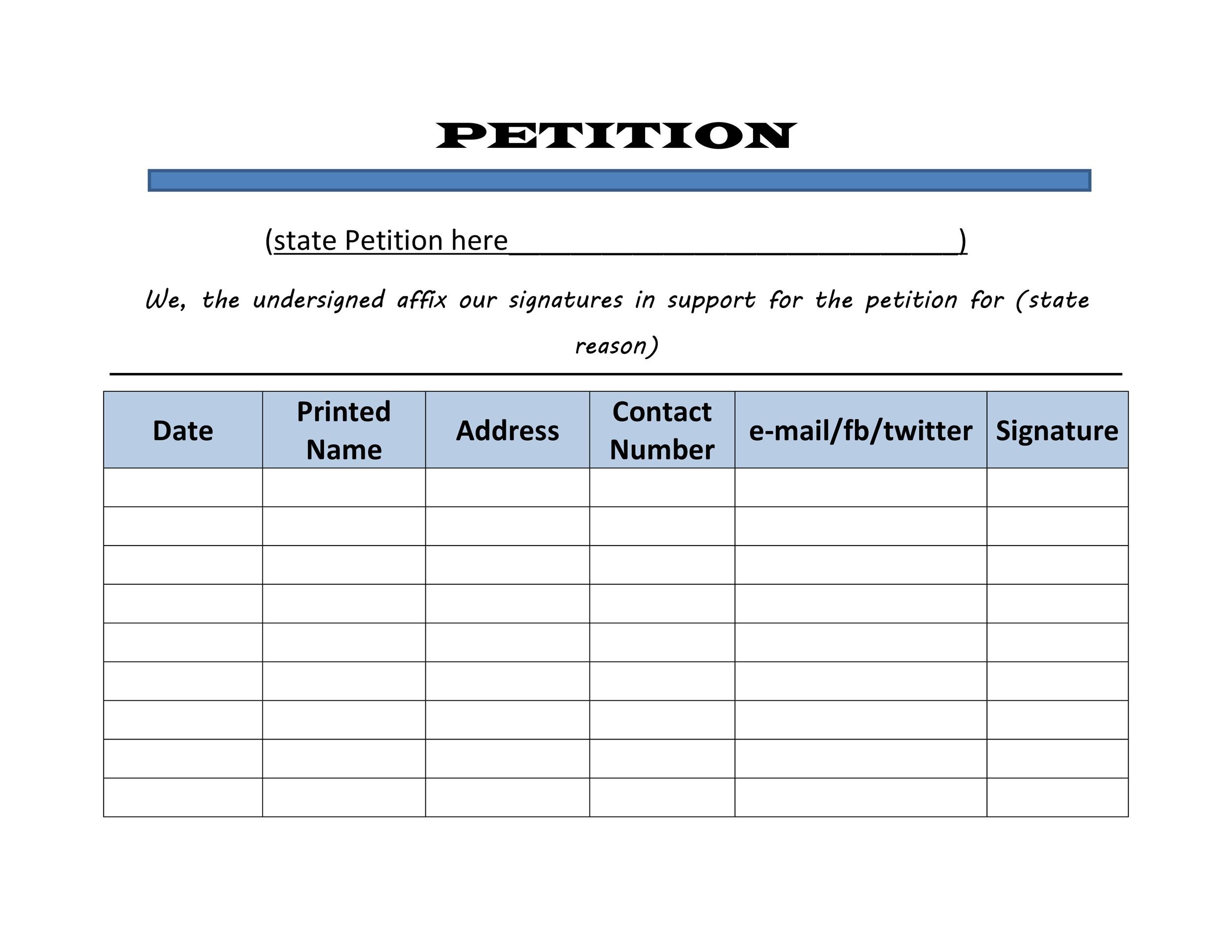Petition letters are written to draw the attention of the relevant authorities to a particular issue or cause that requires their intervention. They are typically written by individuals or groups who feel strongly about a particular issue and wish to bring it to the attention of decision-makers in the hope of effecting change. One such issue that may require a petition letter is when someone has engaged in behavior that is harmful or detrimental to others. In this article, we will provide a step-by-step guide on how to write a petition letter against someone.
Step 1: Clearly state the issue
The first step in writing a petition letter is to clearly state the issue that you wish to address. Be specific and succinct in your language, and make sure that the issue is clearly defined. This will help to ensure that the decision-makers can understand the problem that you are addressing and take appropriate action.
Step 2: Explain the impact of the issue
After stating the issue, the next step is to explain the impact that it has on you or the affected parties. Be clear and concise in your language and provide specific examples of how the issue has affected you or others. This will help to provide context and enable the decision-makers to understand the severity of the issue.
Step 3: Outline your proposed solution
After outlining the impact of the issue, the next step is to propose a solution that you believe will address the problem. This can be in the form of specific actions that you would like the decision-makers to take, such as imposing penalties or taking legal action against the person in question. Alternatively, you may propose alternative solutions that would be acceptable to you and other affected parties.
Step 4: Include supporting evidence
To strengthen your petition letter, it is important to include supporting evidence that illustrates the severity of the issue. This could be in the form of statistics, news articles, photographs, or any other relevant information that helps to support your case. Be sure to include all relevant information that supports your position.
Step 5: Identify the decision-makers
In your petition letter, it is important to identify the decision-makers who have the authority to address the issue. This could be the person in charge of a particular organization, a government official, or any other relevant authority. Be sure to address the letter to the appropriate decision-maker and ensure that it is delivered to the right person.
Step 6: Conclude with a call to action
Finally, it is important to conclude your petition letter with a call to action. This could be in the form of a request for a response from the decision-maker, a request for a meeting, or any other action that you believe will help to address the issue. Be clear and concise in your language and ensure that the call to action is actionable and specific.
In conclusion, writing a petition letter against someone requires careful planning and execution. By following the steps outlined above, you can effectively communicate your concerns to decision-makers and work towards effecting change. Remember to be specific, provide evidence, and be clear in your language to maximize the impact of your petition letter.





